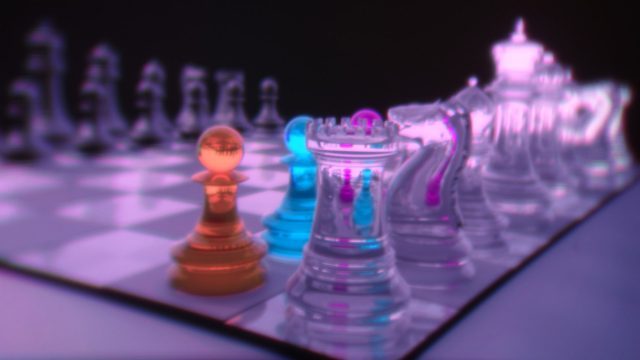Switzerland-based CREAL is developing a light-field display which it hopes to bring to VR headsets and eventually AR glasses. In November the company raised CHF 6.5 million (~$7.2 million) in a Series A+ investment round to bring on new hires and continue miniaturizing the company’s light-field tech.
Creal says it closed its Series A+ investment round in mid-November, raising CHF 6.5 million (~$7.2 million) led by Swisscom Ventures with participation by existing investors Investiere, DAA Capital Partners, and Ariel Luedi. The new funding marks ~$15.5 million raised by the company thus far.
Over the last few years we’ve seen Creal make progress in shrinking its novel light-field display with the hopes of fitting it into AR glasses. Compared to the displays used in VR and AR headsets today, light-field displays generate an image that accurately represents how we see the real world. Specifically, light-field displays support both vergence and accommodation, the two focus mechanisms of the human visual system. Creal and others say the advantage of such displays is more realistic and more comfortable visuals for VR and AR headsets. For more on light-fields, see our explainer below.
Light-fields are significant to AR and VR because they’re a genuine representation of how light exists in the real world, and how we perceive it. Unfortunately they’re difficult to capture or generate, and arguably even harder to display.
Every AR and VR headset on the market today uses some tricks to try to make our eyes interpret what we’re seeing as if it’s actually there in front of us. Most headsets are using basic stereoscopy and that’s about it—the 3D effect gives a sense of depth to what’s otherwise a scene projected onto a flat plane at a fixed focal length.
Such headsets support vergence (the movement of both eyes to fuse two images into one image with depth), but not accommodation (the dynamic focus of each individual eye). That means that while your eyes are constantly changing their vergence, the accommodation is stuck in one place. Normally these two eye functions work unconsciously in sync, hence the so-called ‘vergence-accommodation conflict’ when they don’t.
On more advanced headsets, ‘varifocal’ approaches dynamically shift the focal length based on where you’re looking (with eye-tracking). Magic Leap, for instance, supports two focal lengths and jumps between them as needed. Oculus’ Half Dome prototype does the same, seems to support a larger number of focal lengths. Even so, these varifocal approaches still have some inherent issues that arise because they aren’t actually displaying light-fields.
Having demonstrated the fundamentals of its light-field tech, Creal’s biggest challenging is miniaturizing it to fit comfortably into AR glasses while maintaining a wide enough field of view to remain useful. We saw progress on that front early this year at CES 2020, the last major conference before the pandemic cancelled the remainder for the year.

Creal co-founder Tomas Sluka tells Road to VR that this Summer the company has succeeded in bringing its prototype technology into a head-mounted form-factor with the creation of preliminary AR and VR headset dev kits.
Beyond ongoing development of the technology, a primary driver for the funding round was to pick up new hires that had entered the job market, Sluka said, after Magic Leap’s precarious funding situation and ousting of CEO Rony Abovitz earlier this year.

CREAL doesn’t expect to bring its own headset to market, but is instead positioning itself to work with partners and eventually license its technology for use in their headsets. The company aims to build a “complete technology package for the next-generation Augmented Reality (AR) glasses,” which will likely take the form of a reference design for commercialization.







